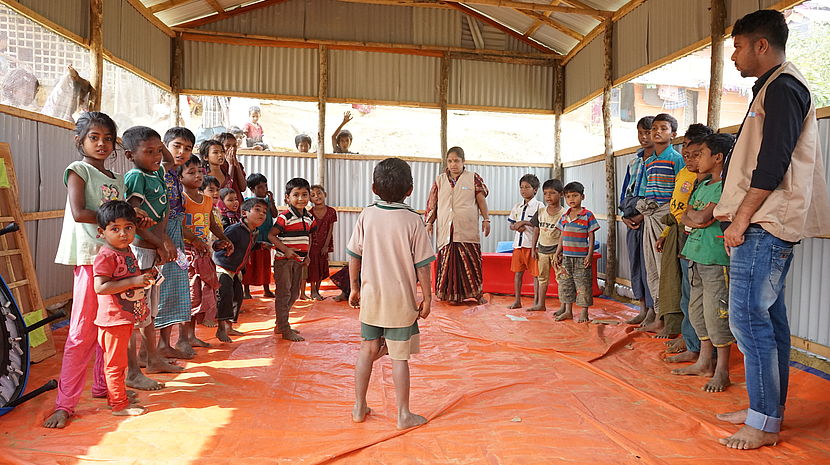31.12.2015 Agenda 2030: a look ahead

With the New Year upon us, it’s time to look ahead to the next steps for the implementation of the 2030 Agenda for Sustainable Development at the global level. For details on a look back at the path toward the adoption of Agenda 2030, read here.
Agenda 2030 was adopted by the General Assembly at the UN Headquarters on 25 September 2015, but the road map of global follow-up and review continues to be developed. The High-Level Political Forum (HLPF) is the main mechanism for the global follow-up and review of Agenda 2030. Soon key documents focusing on the global follow-up and review of the Agenda will be released, including:
- The modalities of the HLPF (how the HLPF will be structured), which include important information such as, the annual theme, pilot countries, and how stakeholders can participate in the HLPF.
- Reports from regional commissions, which are due in May 2016 and will feed into the HLPF.
- The Secretary-General will release a report in the beginning of January with recommendations for a coherent UN action plan for the implementation of Agenda 2030. In addition, co-facilitators will be announced to coordinate a system-wide UN reform in line with Agenda 2030.
- The President of the General Assembly will host High-Level Meetings in 2016 and a critical meeting will take place on 11-12 April focusing on the implementation of the SDGs and assessing the process up to that point.
Global SDG Indicators
The development of the global SDG indicators is an on-going process. Some key dates include:
- The updated global indicator report will be released in the beginning of January. Subsequently, the report will be introduced in March at the 47th session of the UN Statistical Commission with some time dedicated to discuss the overall approach of the report. Afterward, the report will be adopted by ECOSOC followed by the General Assembly.
- In mid-January the IAEG-SDG members will discuss the “grey” indicators and in the following month or so this will become a background document for statistical commissions as well as an additional document attached to the final global indicator report.
- The 47th Session of the UN Statistical Commission will take place on 8-11 March 2016 at the UN in NY with a focus on the theme of “Better Data, Better Lives.”
- The provisional agenda of the 47th Session has been released with a paragraph on disability statistics (4, e). Click here for details.
- The IAEG-SDG group will have its third meeting during the third week of March 2016 following the 47th Statistical Commission. The group will discuss disaggregation of data and devise a work plan on related technical aspects.
With the implementation of the Agenda kicking off in January, persons with disabilities must continue to be actively included and active participants in the processes at all levels. As such, it is important to:
- Push for the disaggregation of data by disability (in line with international standards) in national surveys to be used for the implementation and monitoring of Agenda 2030.
- Create linkages between implementation and monitoring of Agenda 2030 in the global, regional, national, and local contexts with the UN Convention on the Rights of Persons with Disabilities (UN CRPD) as the guiding framework. This is especially important since the UNCRPD is legally binding and Agenda 2030 is voluntary.
- Collaborate as networks, coalitions, alliances, and partners with unified messages and objectives.
- Support persons with disabilities and their representative organizations to participate and be included in all relevant implementation processes. Particularly, it is important to include persons with disabilities (all disabilities) from the global South, as well as women, children, youth, older, Indigenous, and other marginalized persons with disabilities to be actively represented.
Happy New Year!